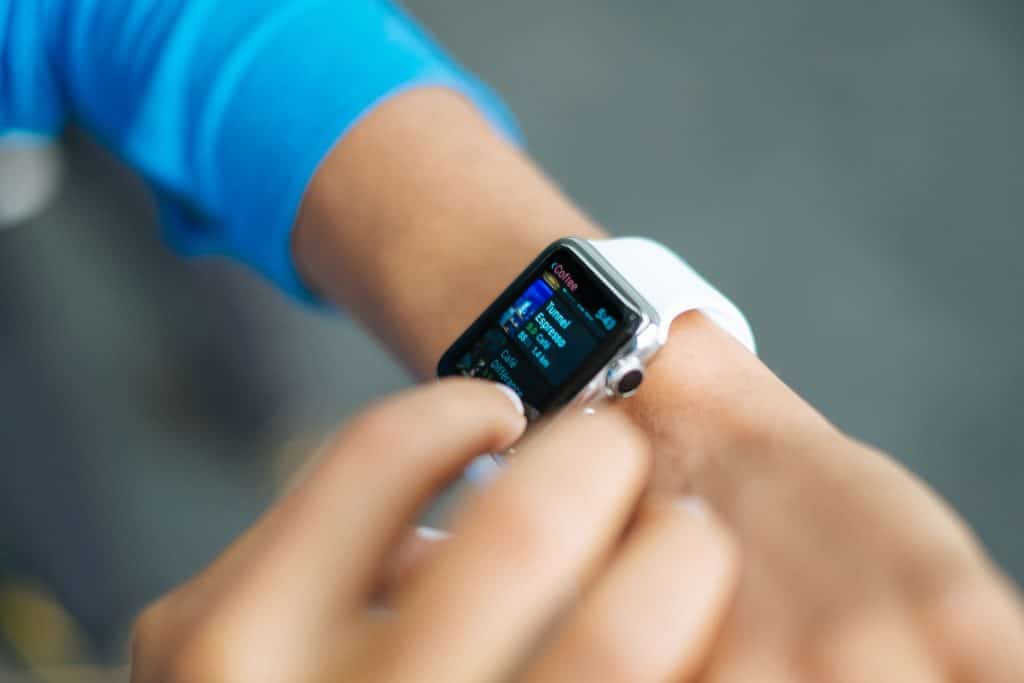It’s clear that Apple has an eye on potentially making the battery in its Apple Watch move, as a means of giving the wearer of the device haptic feedback.
This much is indicated by a patent that has now been granted to Apple, entitled “Portable electronic device having a haptic device with a moving battery element”.
It is well-known that Apple has long been striving to find ways to reduce the Apple Watch’s thickness. On this occasion, it is doing so by investigating whether it could remove the need for a separate Taptic engine – which, after all, takes up crucial space in the device.
In the case of this most recent patent, Apple is trying to determine whether – instead of having to include a standalone Taptic engine – it could make the battery effectively do ‘double duty’ as a source of haptic feedback.
The patent application states: “Traditionally, electronic devices include one or more buttons or electromechanical switches for providing input. Some devices include a touch sensor or touch screen for receiving input. However, touch sensors generally lack the mechanical feedback to alert the user that an input has been registered.”
The application added that the descriptions included “are directed to a haptic device that moves a battery element in order to produce a tactilely perceptible pulse or vibration along an exterior surface of the device.”
Presumably, if Apple did manage to remove the need for a separate Taptic engine through this solution, the space freed up could be used for other purposes. Sure enough, Apple points out in the patent application that presently, the battery element in the Watch “may be smaller than would be possible if the haptic device was not included, decreasing possible battery life.”
The patent application largely focuses on the physics of what would need to be done to the battery, and how great the battery movement would have to be in order for it to be effective.
Or as the document puts it: “The smaller the mass of the haptic device, the further that the haptic device may need to move the mass in order to produce the same haptic output. For example, a first mass half as large as a second mass may move twice as far in order to generate the same magnitude of haptic output.”
Six inventors are credited as having worked on the patent, including Erik G. de Jong, who previously worked on a patent looking into ways to utilize Apple Watch bands to provide concealed batteries.
